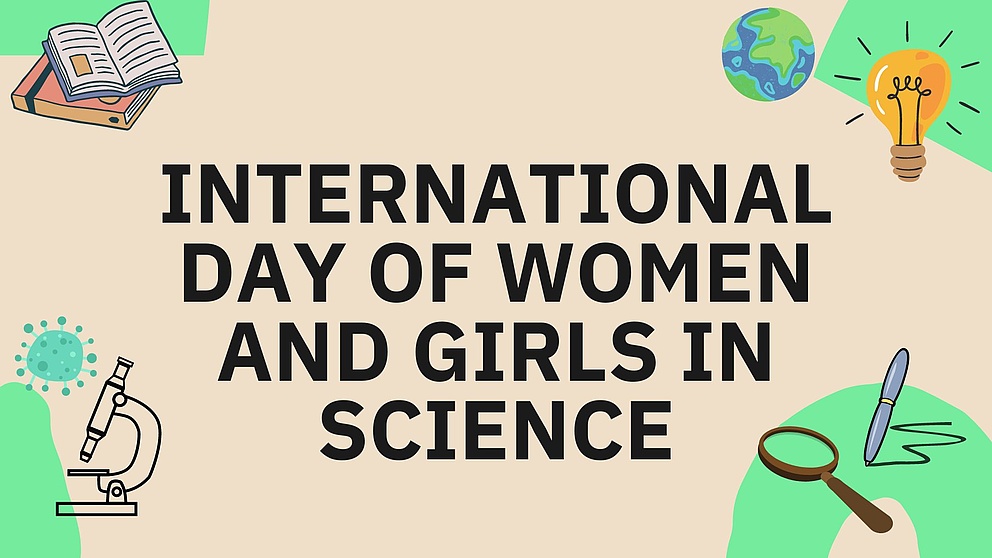

Contact
Press, Communications and Marketing
Tel.: +49 228 833-144
Fax: +49 228 833-441
presse[at]avh.de
February 11th is the International Day of Women and Girls in Science. Established by the United Nations, this day honours the role of women and girls in science and draws attention to the continuing inequality in the science system.
Today, we focus on female researchers who have crucially shaped the careers of our Humboldt professors, either as a teacher who sparked an interest in physics back at school or as a “soulmate” who was both a companion and a source of inspiration.
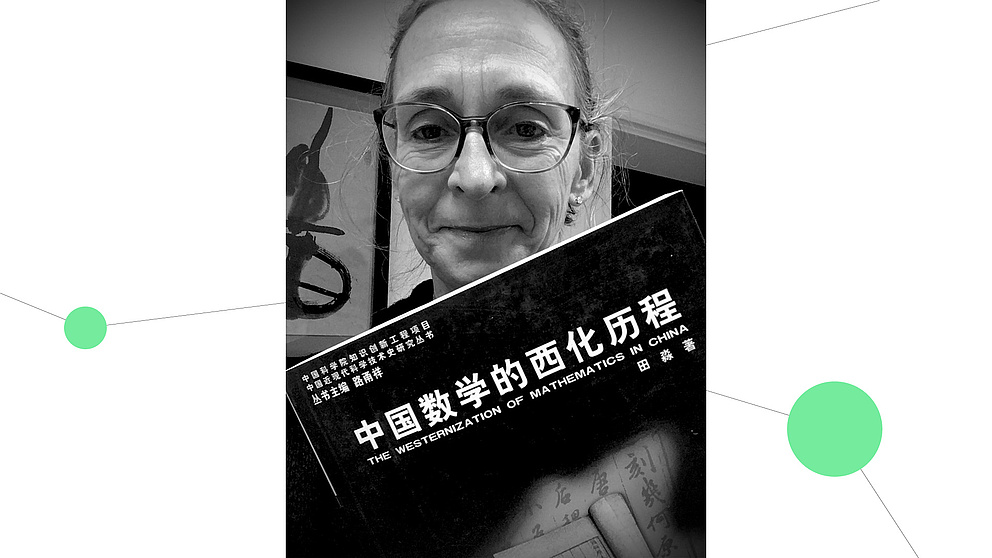
Humboldt Professor Andrea Bréard on her “soulmate” Tian Miao
Tian Miao is my academic “sister.” We both worked on doctorates on the history of Chinese mathematics at the same time – I thanks to a fellowship in Beijing, Berlin and Paris, she under much more modest conditions in Beijing, without financial resources. But this did nothing to diminish her motivation and passion for the history of science, which really impressed me. After her doctorate, she gained a lot of recognition for her profound studies and came to Berlin to work with my doctoral supervisor. Since then, we meet up regularly in China, Germany and other countries. It is not only important to have people to mentor you in the course of your career, you need to find soulmates, too!
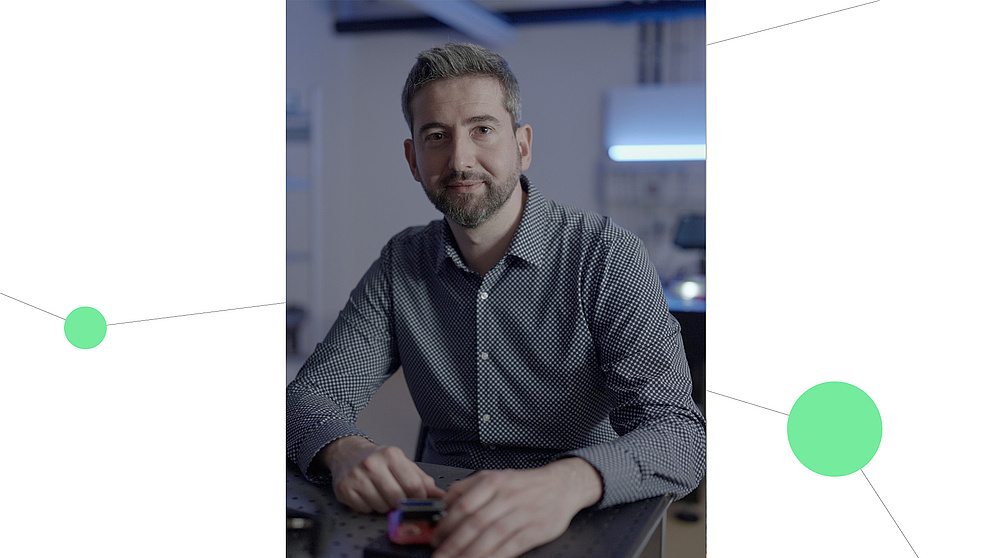
Humboldt Professor J. Daniel Prades on his maths teacher Victoria Sacanella
Victoria Sacanella was my maths teacher during my 10th-grade year. A physicist by education, she ended up teaching high-school students when family reasons forced her to discontinue a PhD in cosmology. She built the backbone of my calculus and algebra knowledge, which underpins all the sophistications learned afterwards and to which I frequently return when in doubt. Her teaching style, crystal-clear and with a special talent to grasp the needs of each student, makes her a vivid role model to me. At that time, I was already considering a future in Physics. When she knew, she quickly reacted, “As much as I love Physics, I think you will be happier as an engineer”. I ignored her advice – of course – rushing into my Physics degree. But her message soaked in. Time went by, and at the beginning of my PhD I was already way more interested in Electronics and Engineering, which have been the focal points of my research till now.
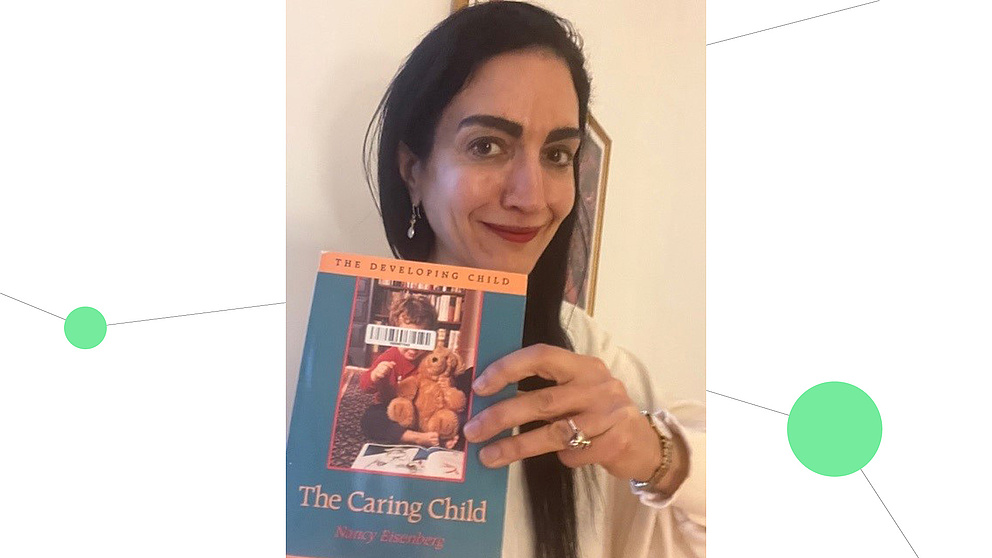
Humboldt Professor Tina Malti on the psychologist Nancy Eisenberg
Nancy Eisenberg, a reknowned developmental psychologist, empathy researcher, and kind person, has had a profound influence on my career path and the way I think about the scientific concepts I study. It was during my first year as an undergraduate student that I discovered her writings on empathy. I immediately knew that the study of empathy was what I wanted to pursue. A few years later, I had the privilege to meet her at a conference. It was so exciting that I still remember every single word of our first conversation. She served as my academic mentor when I became assistant professor at the University of Toronto. This relationship helped me grow as an independent scholar and learn how to navigate the academic system. From her pioneering work and sharp thinking to her caring personality, I am grateful for having had the privilege to engage with her.
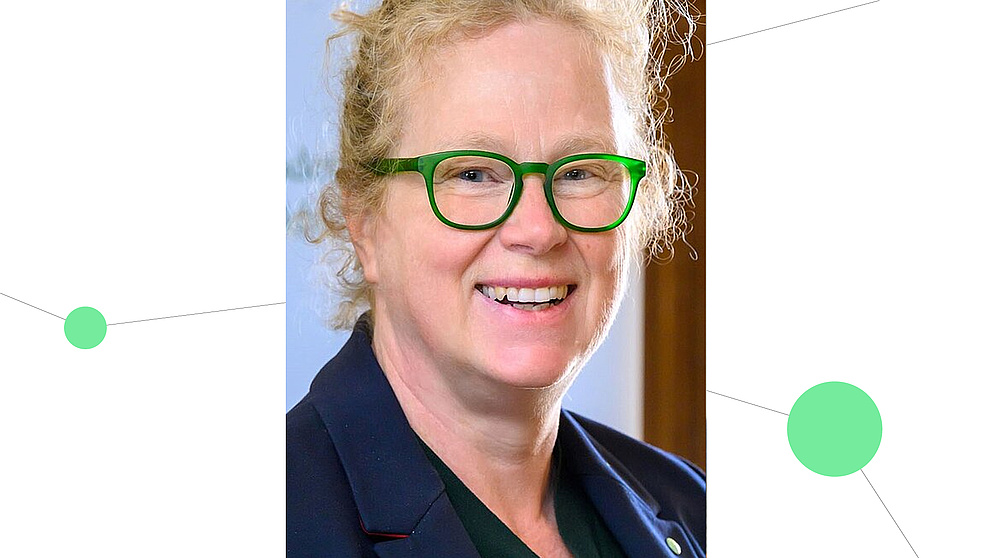
Humboldt Professor Catherina Becker on her mentor Christiane Richter-Landsberg
The concept of a role model is not an easy one. That said, many different women have inspired me during my career. I was especially impressed by Christiane Richter-Landsberg. She was the first researcher who, for me, both visibly and very confidently, followed her own research path in neurobiology and headed her own research group. She genuinely showed me and explicitly told me during a brief adhoc mentoring conversation that a woman can be both a researcher and a mother and that children are not a hindrance to academic mobility and a career. Even today, 30 years later, it says on her website “married, two children.” That’s encouraging.
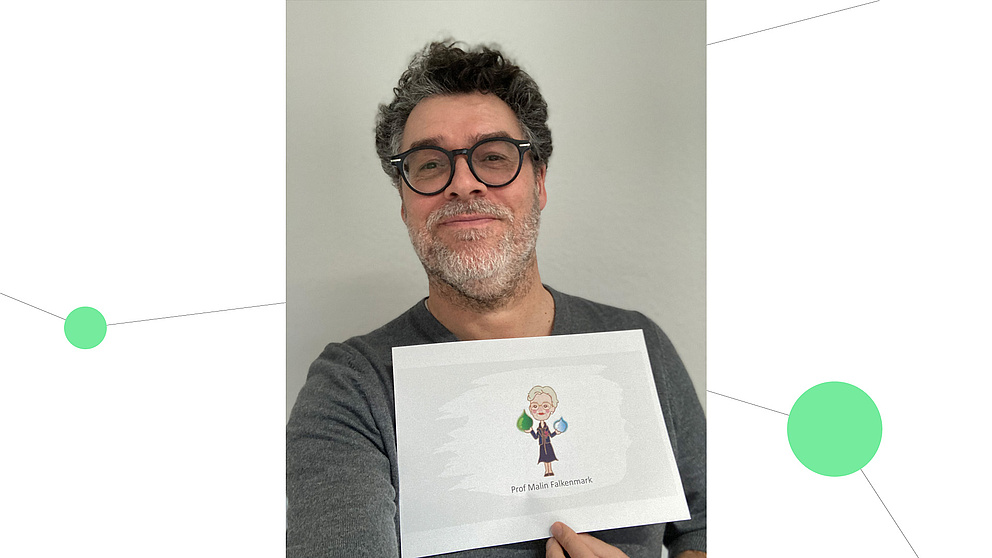
Humboldt Professor Thorsten Wagener on the hydrologist Malin Falkenmark
Malin Falkenmark has gifted hydrology with new ideas – such as the separation of so-called blue and green water. Green water is created by evaporation from vegetation whilst blue water is the water in rivers, lakes and groundwater. Separating them integrates land use into water management as it determines the extent of evaporation. In arid regions, evaporation may account for up to 90 percent of precipitation. Falkenmark’s work continues to shape many aspects of hydrology and her ideas have had a great influence on me.
